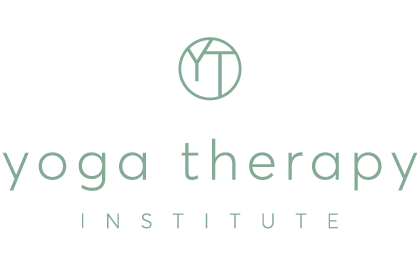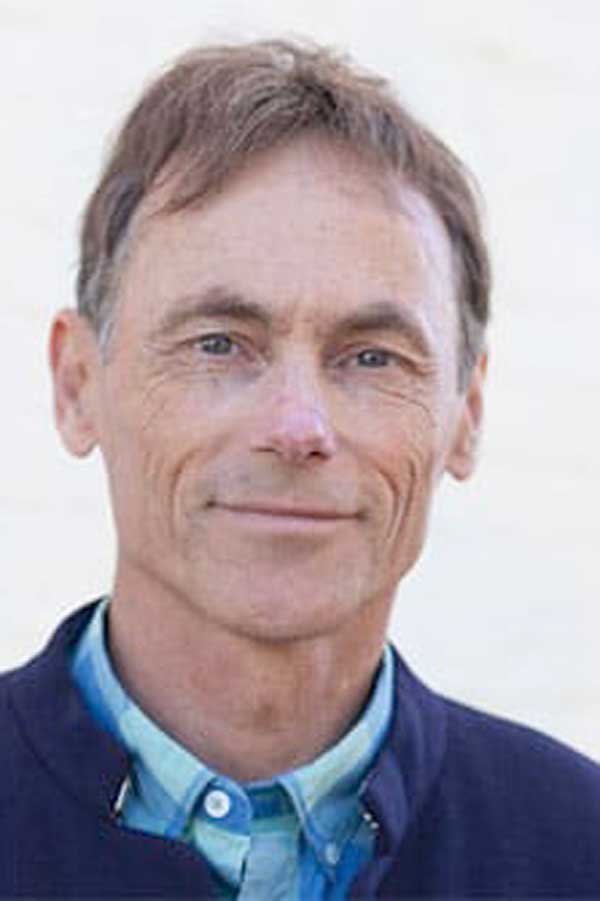Yoga Therapy for Cancer
The sister sciences of Yoga and Ayurveda, India’s traditional system of healing, have much to offer modern medicine in how it goes about treating cancer. They offer a holistic paradigm which sees each individual as a mind-body-spirit complex and recognise that any treatment strategy needs to address these different levels of our being.
In these traditions, cancer is acknowledged as a deep-rooted disease and a multi-faceted approach that works with the physical, emotional, mental and spiritual planes of one’s life is required. I here give a brief and necessarily general account of the principles which inform how I work with clients who come to me with a diagnosis of cancer.
The model of the Panchakosha or Five Sheaths, handed down to us through Yoga is very useful when considering how to understand cancer. It conceives the human being as having a number of layers, much like an onion. The outside layer or physical body is calledthe annamayakosha, the sheath nourished by food. Underlying this layer and acting as an energetic template for it is the pranic body, the pranamayakosha. This in turn is related to the layer of the conscious mind, the manomayakosha, which is related to the deeper layer of our unconscious mind, known as the vignanamayakosha. The core of our being is called the anandamayakosha, which we can say is that quiet, peaceful place inside all of us, which is a silent witness of all the ups and downs of our lives.
Yoga sees all these layers as being fundamentally inter-connected, with the outside layer of the physical body mirroring what is going on at deeper levels of our being. The physical symptoms associated with cancer are thus the tip of an iceberg. An iceberg whose mass exists largely below the surface in these more subtle realms. In this way cancer can be understood as being related to the quality of our thoughts, emotions and underlying attitudes to life. It therefore follows that our treatment of cancer needs to address all these aspects of our day-to-day experience.
Within both traditions, it is acknowledged that individuals diagnosed with cancer do not consciously choose to get cancer. Thus,there is no place for self-blame or recrimination, rather the experience of cancer becomes an opportunity for deep healing and existential growth. It is acknowledged that cancer is a serious disease but how the future will unfold is essentially unknown. In this context, the focus becomes, “How can I give myself the best chance of recovering my health and wellbeing.”
Before addressing the subject of therapeutic approaches in the treatment of cancer, it is important to say that ancient Ayurvedic texts acknowledge that Ayurvedic approaches to treatment need to be modifiedfor time and context. As a practitioner working in the 21stcentury, it does not serve my patients well if I rigidly practice Ayurveda formulated two and a half thousand years ago. As such I make use of modern therapies that, in my estimation, are in keeping with the essential spirit of Ayurveda, including body-oriented psychotherapy, modern approaches to bodywork and locally grown herbs.
Once I have introduced my clients to how Yoga would understand their illness, I then present them with a practical approach which addresses the physical, emotional, mental and spiritual levels of our being. An approach that will help to create the conditions 2 whereby optimal healing can take place. Both Yoga and Ayurveda acknowledge the divine healer within all of us. This has been given various names in the spiritual and healing traditions of India including: Dhanvantari, the Self, Consciousness and atman. Whatever name it is given, it refers to our essential nature which is timeless and changeless. By living more closely in tune with that aspect of ourselves, we strengthen our life-force or prana immeasurably and hence the functioning of our immune system.
The physical quadrant relates to our day-to-day activities, our patterns around diet, exercise, sleep, rest and supplements, including vitamins and herbs. Ayurveda recognises the importance of establishing oneself in healthy habits throughout each day, thereby creating a platform for healing to take place.
Dietary approaches will vary a lot with each individual but involve eating food that is fresh, preferably organically grown, easy to digest, appropriate for the season and Ayurvedic body-type and importantly,feel intuitively right. A lot of attention is also given to the timing of meals, especially avoiding heavy food at night, and getting the patient more involved in the process of preparing and cooking food. It helps a lot if food is cooked with love and received with a sense of gratitude.
Regular exercise helps to promote immune system functioning and the elimination of toxins. A daily practice of yoga postures, appropriate for age, fitness and underlying health conditions and combined with yogic breathing has a fundamentally purifying effect on the bodymind and facilitates the release of underlying physical, emotional and psychic tension. Developing a home practice of yoga with the help of an experienced yoga teacher can be a profoundly supportive and meaningful experience.
Ayurveda advocates specific daily, seasonal and even nightly routines to help in the promotion of better health and wellbeing. This includes a number of self-care practices such as self-oil massage, tongue scraping and deep relaxation practices that are essentially empowering for the client and support the healing process. Kitchen herbs such as turmeric and fennel, have been found to have anti-carcinogenic properties, and can be used by the client in their cooking to strengthen their digestive fire (known as the agni). Medicinal herbs and vitamins are also used to improve digestion, support elimination and to nourish depleted organ systems.
In our western society the emotional quadrant is often the least supported in daily life and this can result in chronic suppression of emotions, the build-up of toxic feelings and chronic unhappiness. Supporting this quadrant is essential in my view and needs to be done with the help of skilled and experienced practitioners. This is particularly the case when there has been a history of betrayal and/or abuses of power and the ability to trust has been profoundly damaged. I advocate, what I call, pro-active psychotherapy, which involves finding a psychotherapist who is well trained, experienced in their craft, someone who has also done a lot of work on themselves and someone you intuitively feel comfortable with. Having a person with these qualities in your life can help in building up over time an atmosphere of safety and trust which is an essential ingredient in letting go of long-held negative emotions and in creating life-affirming core belief systems.
Psychotherapeutic work of this nature can be profoundly transformative and is well supported by the presence in one’s life of sangha or spiritual community. In a contemporary context this might happen through a number of different groups in a person’s life. I see individuals getting these needs met through 12 step programs, religious groups, Yoga schools, personal development seminars and natural therapies colleges. Sometimes it might happen through more intimate groups of like-minded people with a particular common interest such as men’s groups.
The spiritual quadrant relates to those fundamental questions for all of us, “Who am I? Where was I before I was born? What’s going to happen to me when I die? And importantly, How should I live my life between my birth and my death in a way that is authentic and meaningful for me as an individual?” An active and open enquiry into these questions can be extremely fruitful and support the process of self-acceptance and peace of mind. A daily spiritual practice or sacred time, that feels nourishing for the individual, can help lubricate the process of transformation that is involved in the healing journey. It may involve devotional practices (Bhakti Yoga), Self-Enquiry (Jnana Yoga), meditation practices (Raja Yoga) and acts of selfless work (Karma Yoga).
Connecting with your personal dharma, or finding out where your individual thread fits into the overall tapestry of life, is a profoundly healing force. In this context, it is important to take into account your relationship with your livelihood. If you hate your job, that will inevitably deplete your life force and the body’s power to heal. By contrast, if you can re-connect with your heartfelt passions in life and bring them to the fore, your prana or life-force will beimmeasurably stronger.
As a health care practitioner who has worked in the natural health industry for over 20 years, one of my jobs is to link up my clients with competent health care providers and various kinds of healers. Those clients who have a broad support network of skilled and professional therapists working with them on an ongoing basis, tend to get the best outcomes in my experience. The health support “team” might include, though not be limited to, a supportive and caring GP or oncologist, a yoga teacher, a skilled herbalist, a gifted psychotherapist and a body-worker.
The approaches outlined in this article can be used in conjunction with modern medical treatments including surgery, chemotherapy and radiotherapy. How this is done will very much depend on the individual and the type of cancer they have and requires a close and respectful alliance between the therapist and the client. The therapist offering their professional knowledge and experience and working with the client to find a healing path that sits most comfortably with that person.

